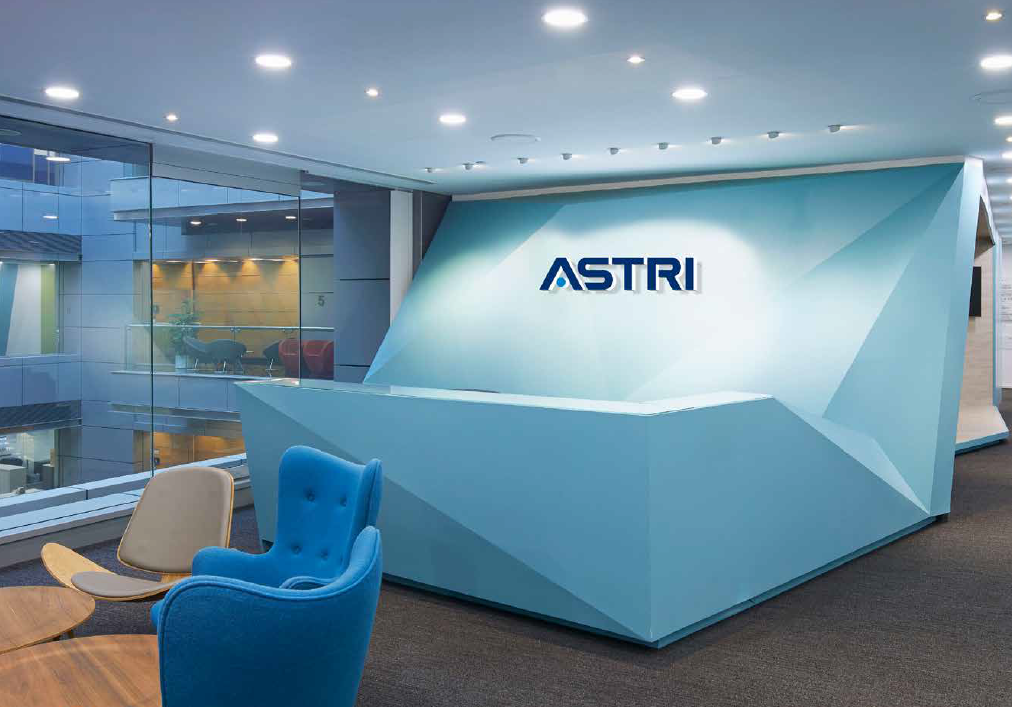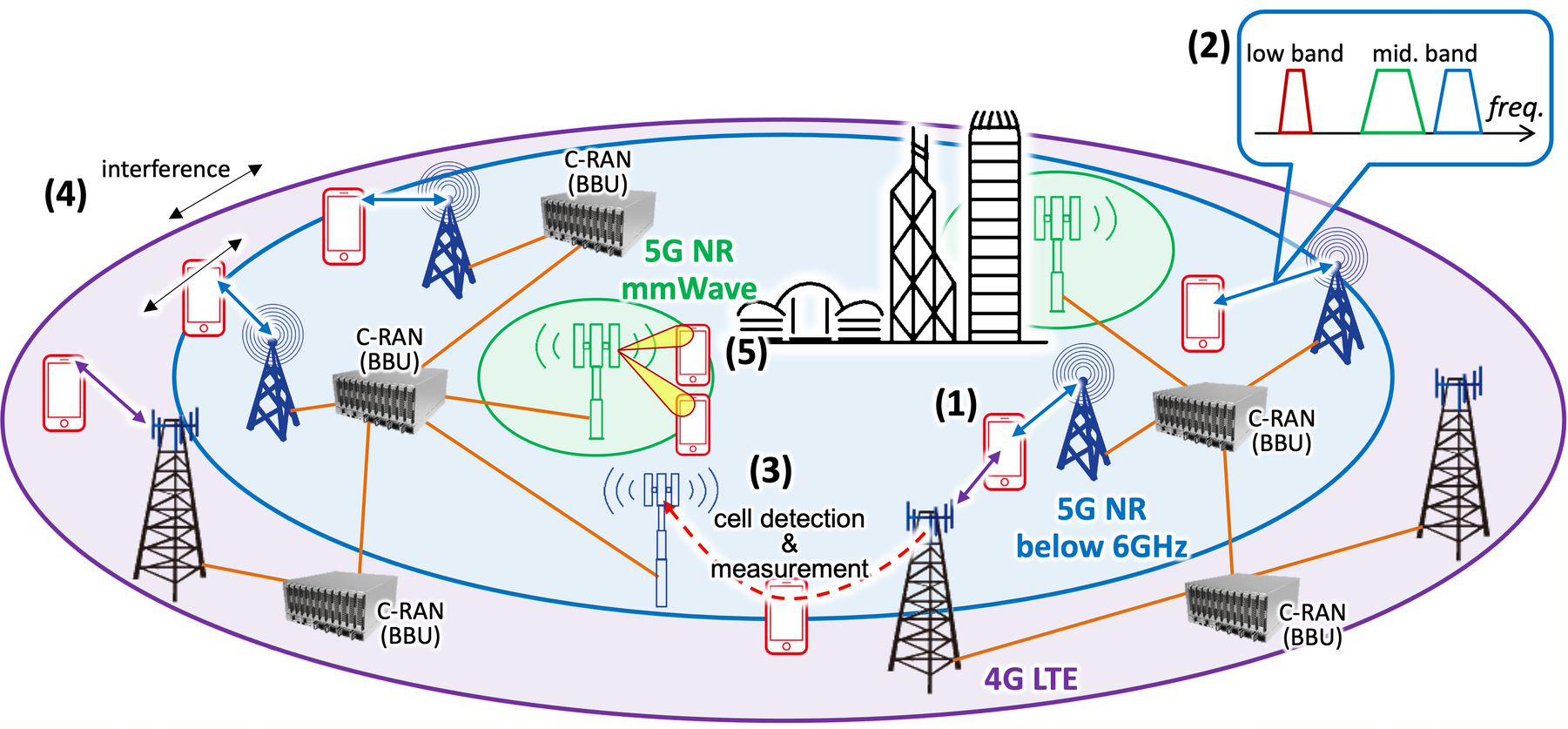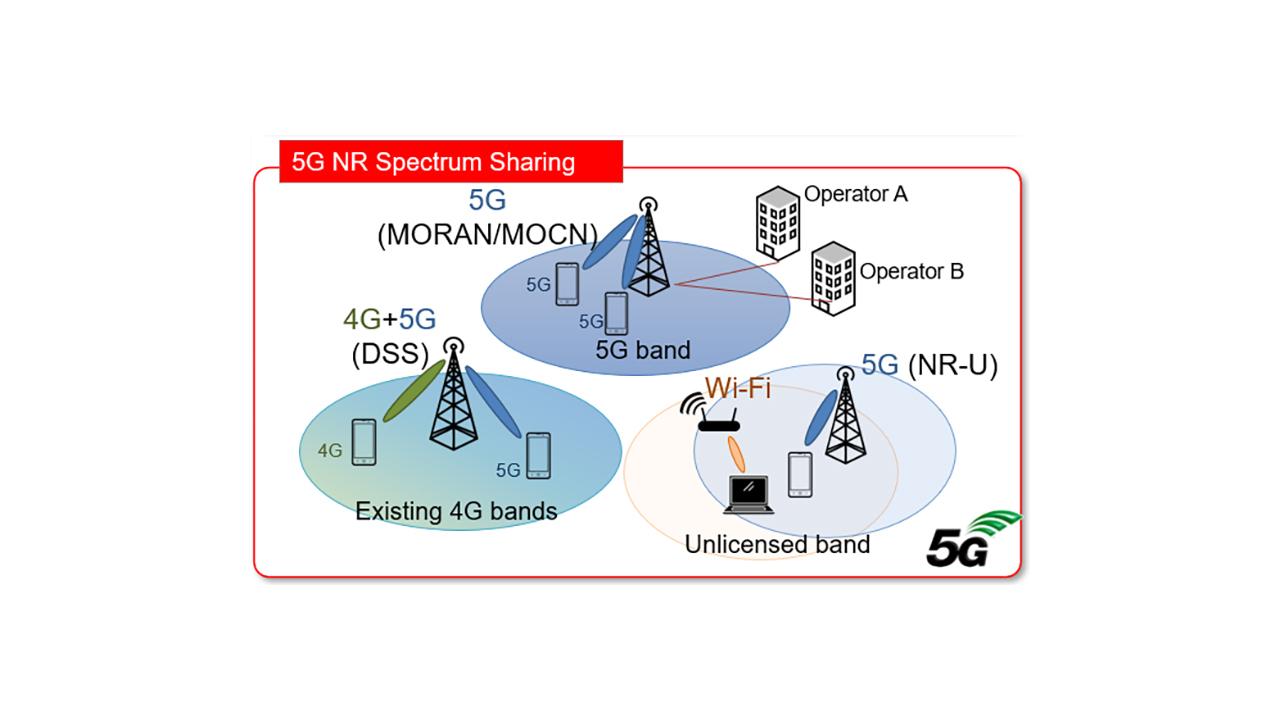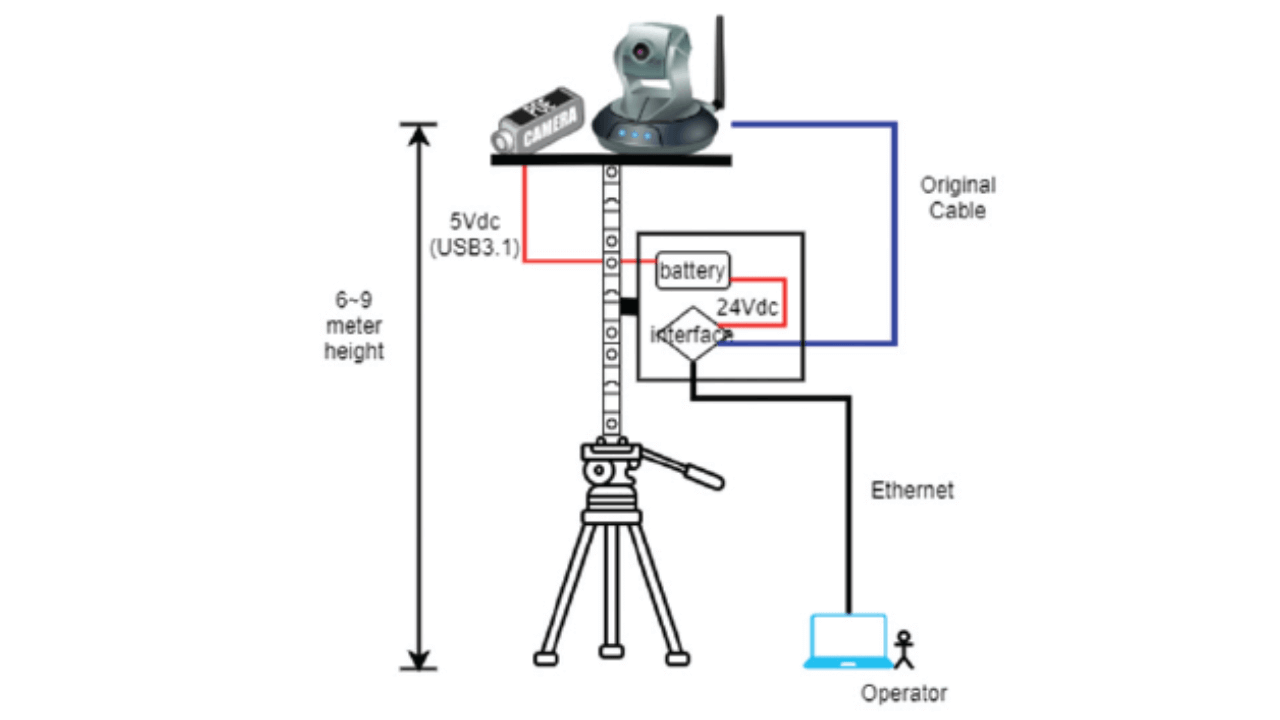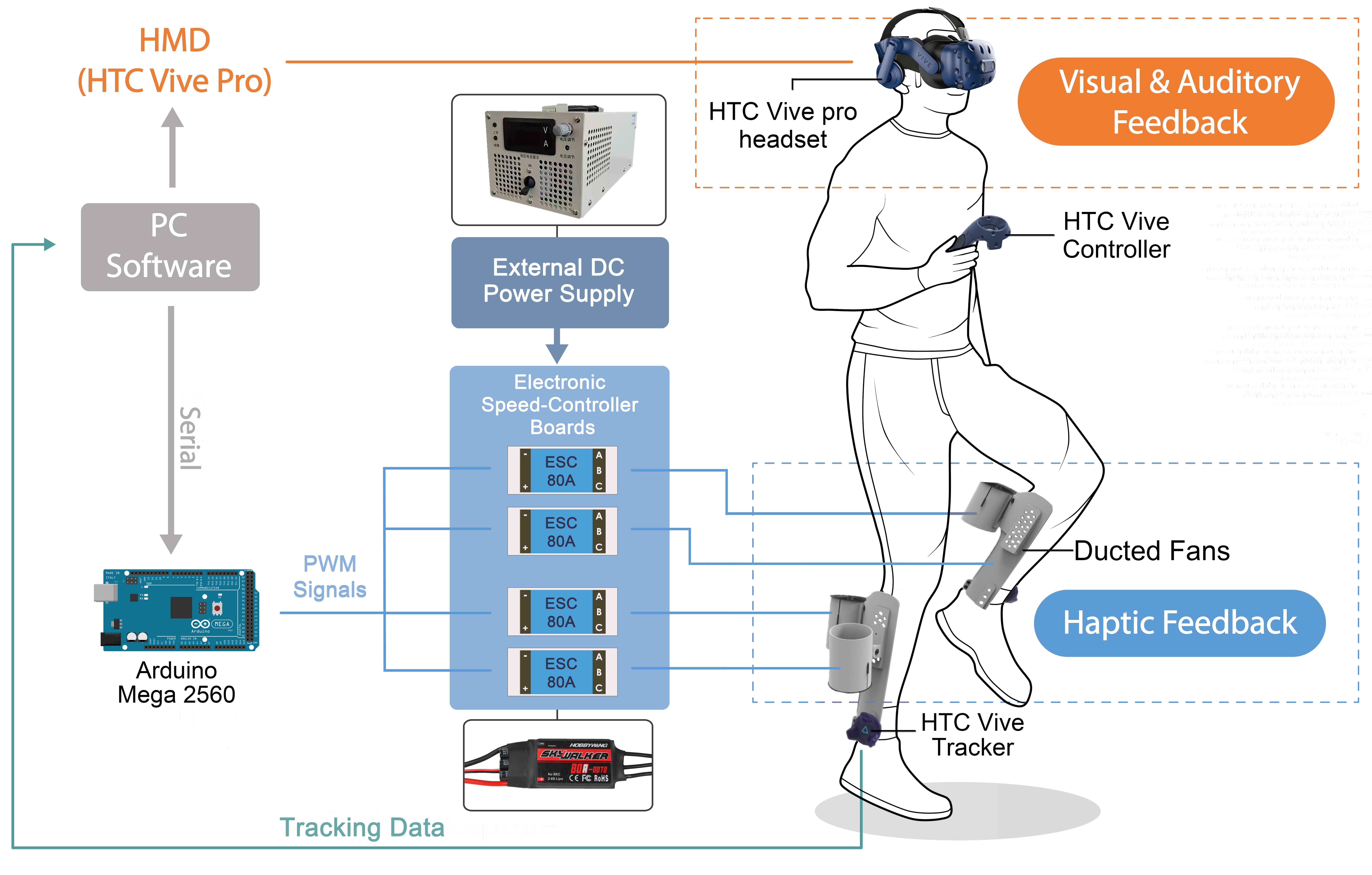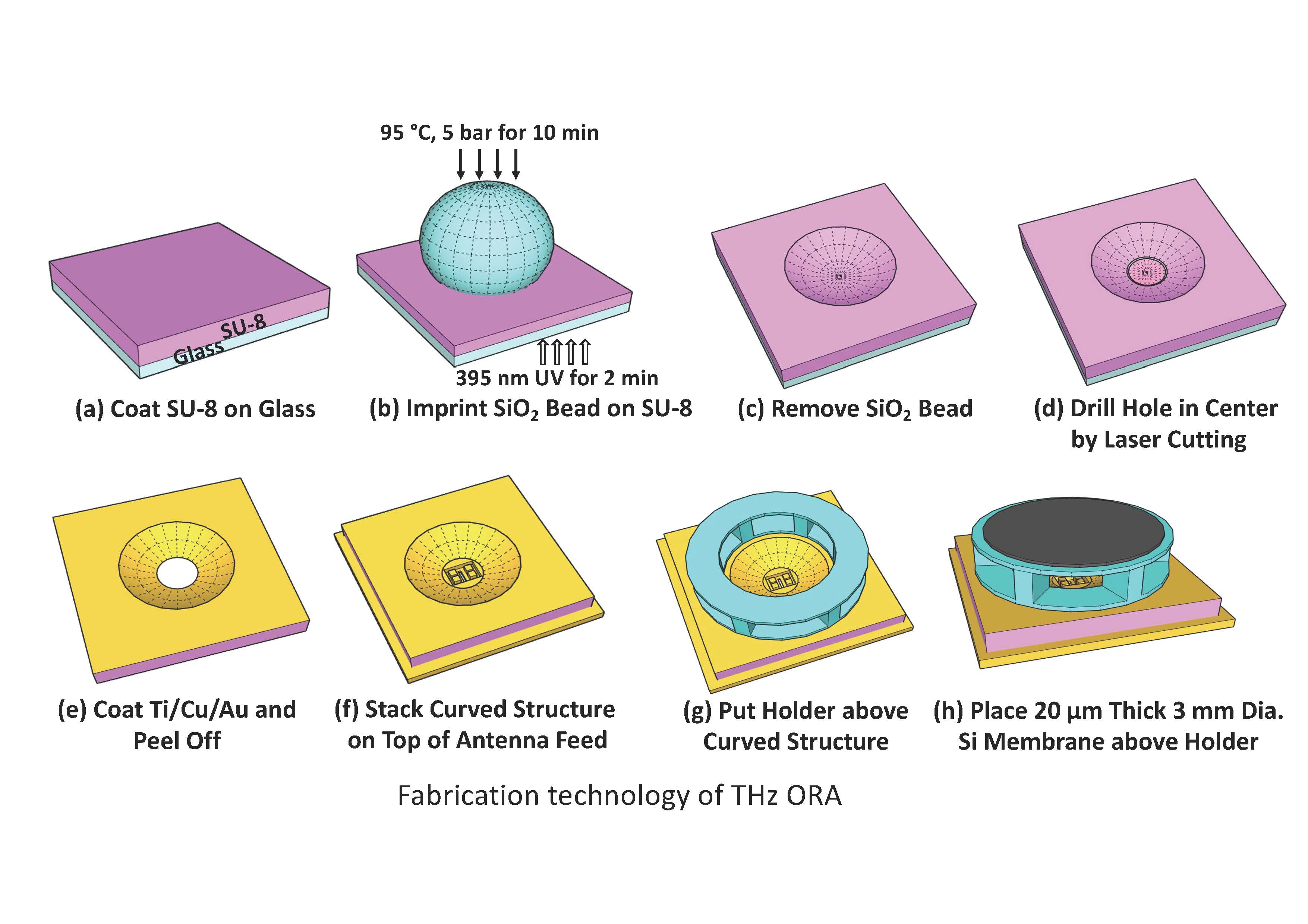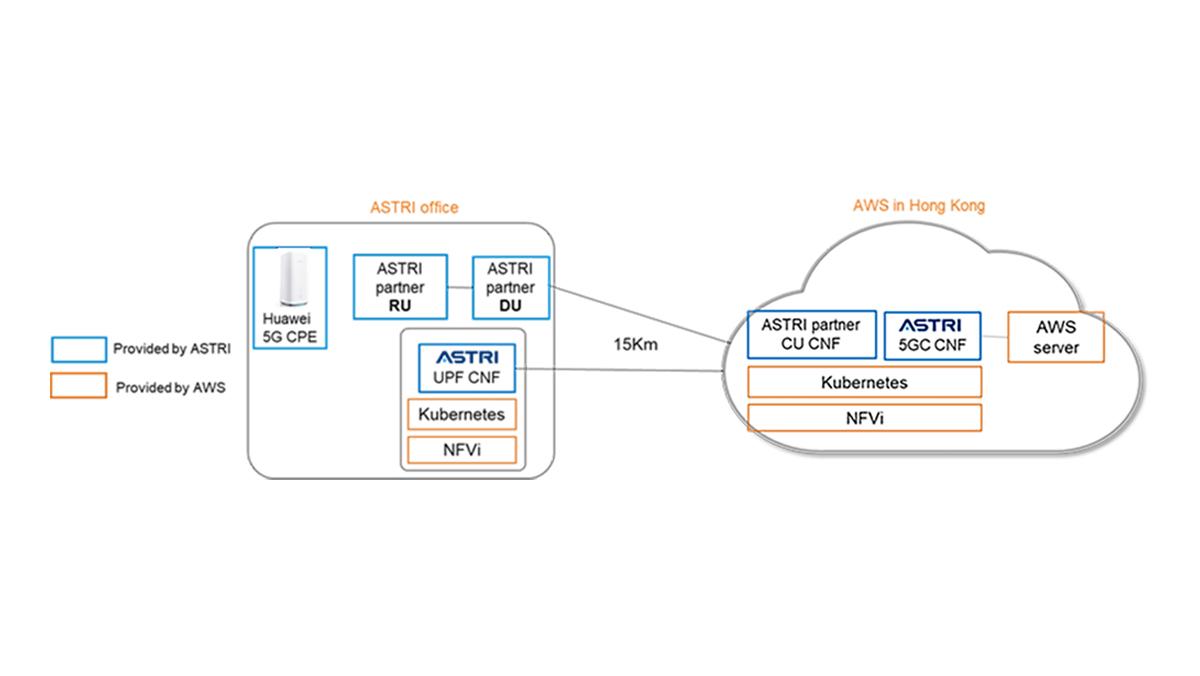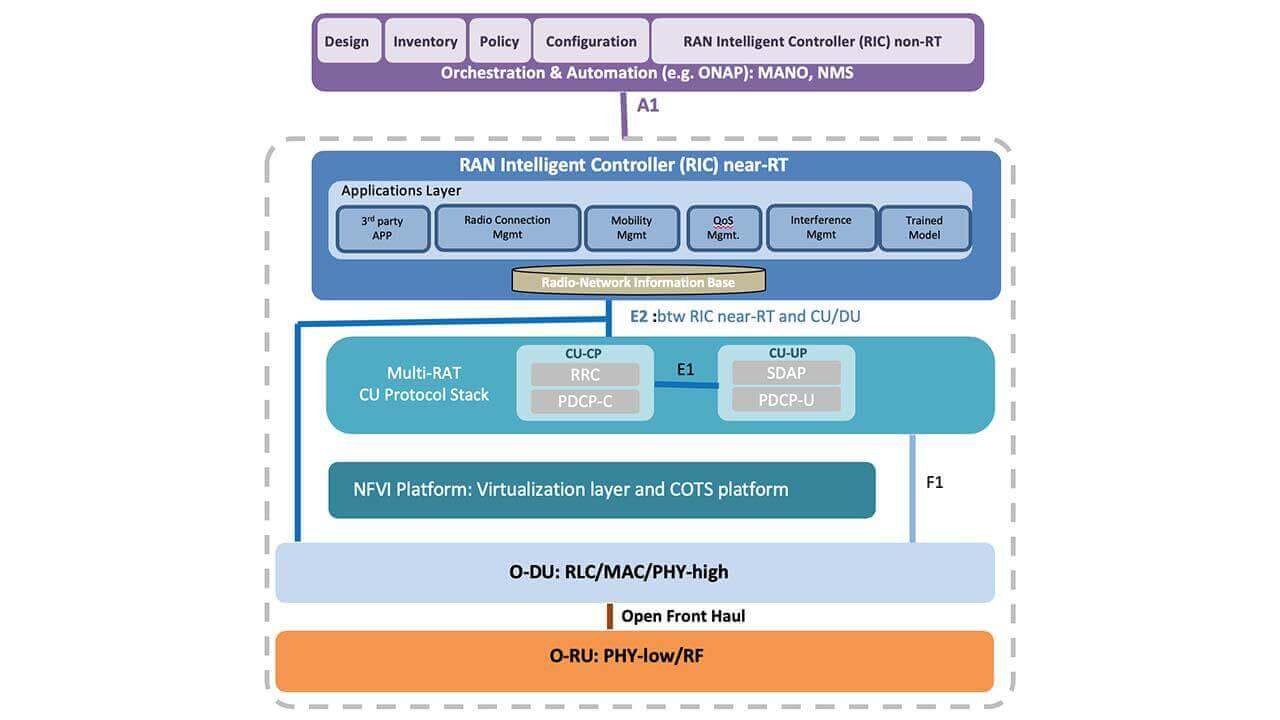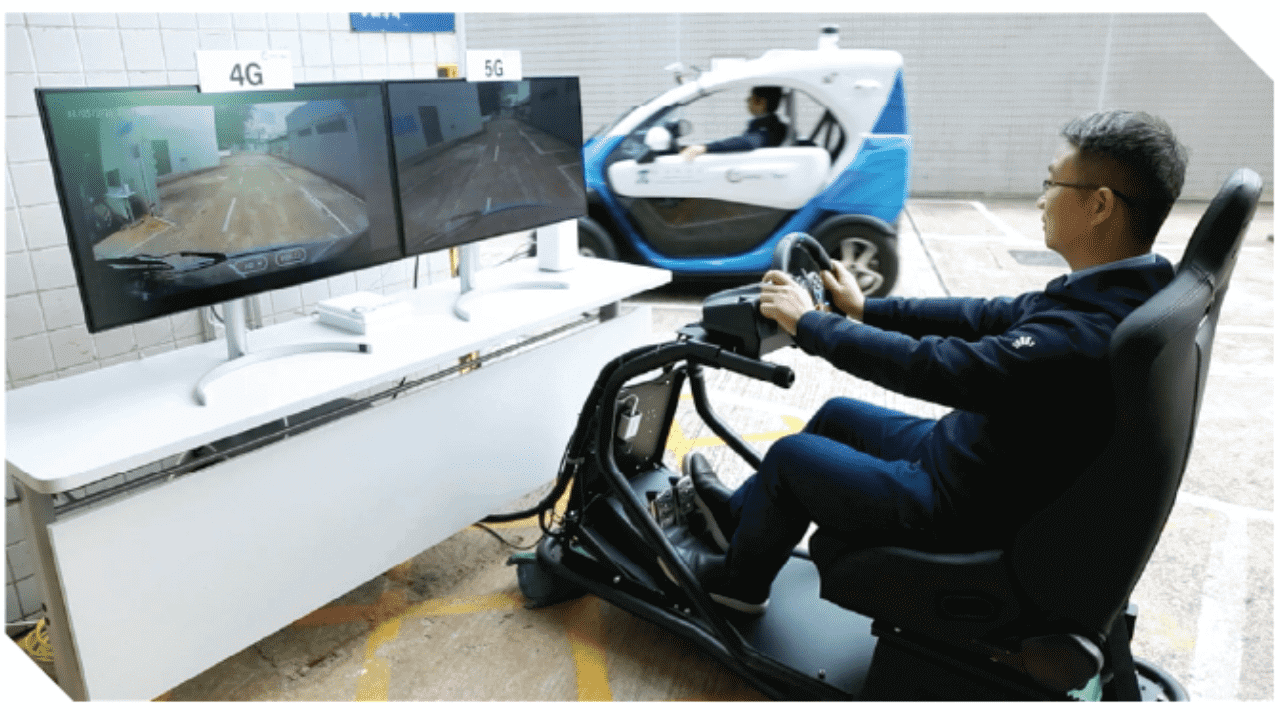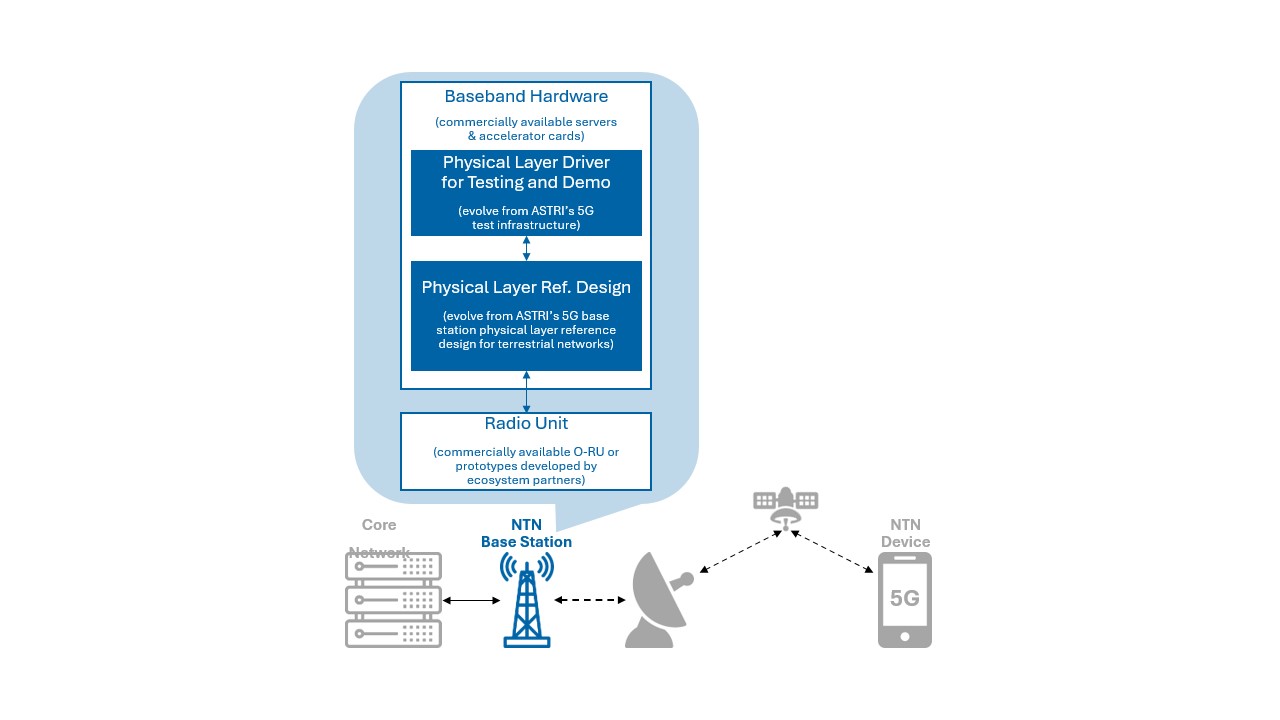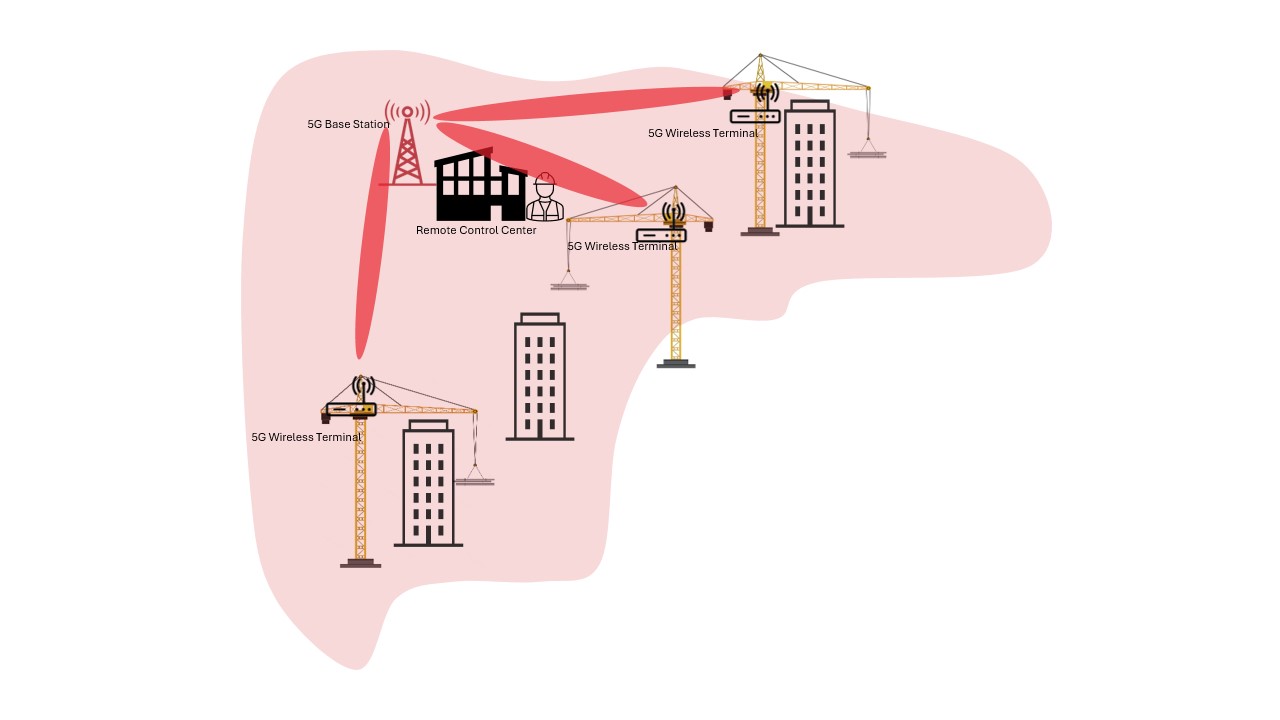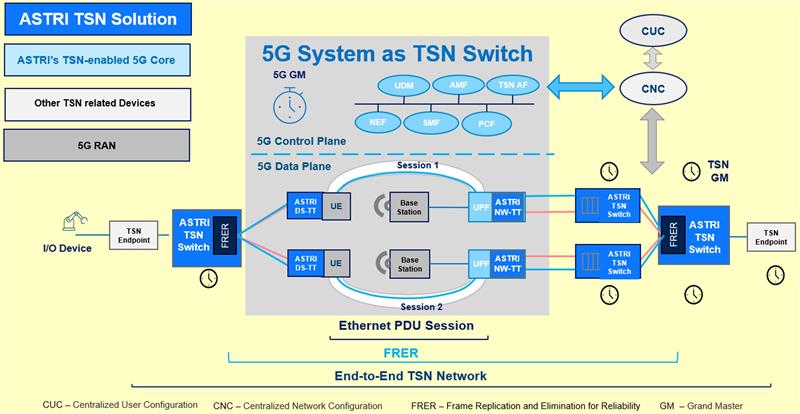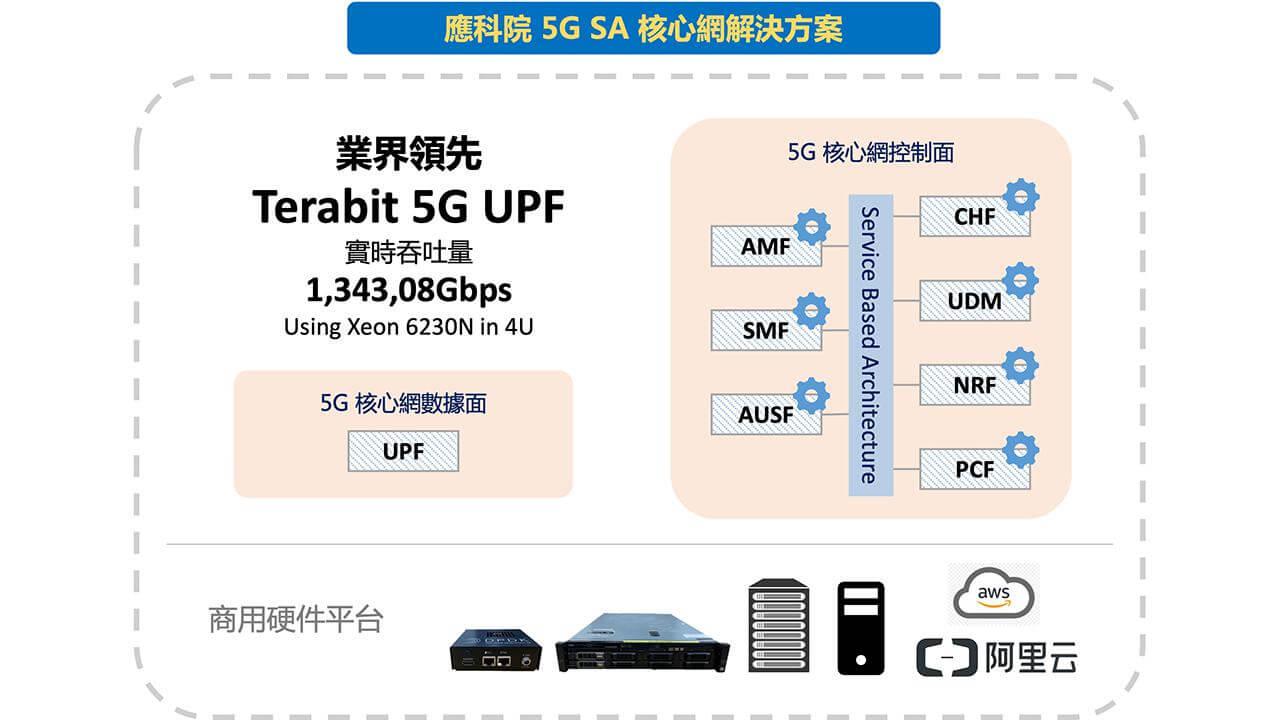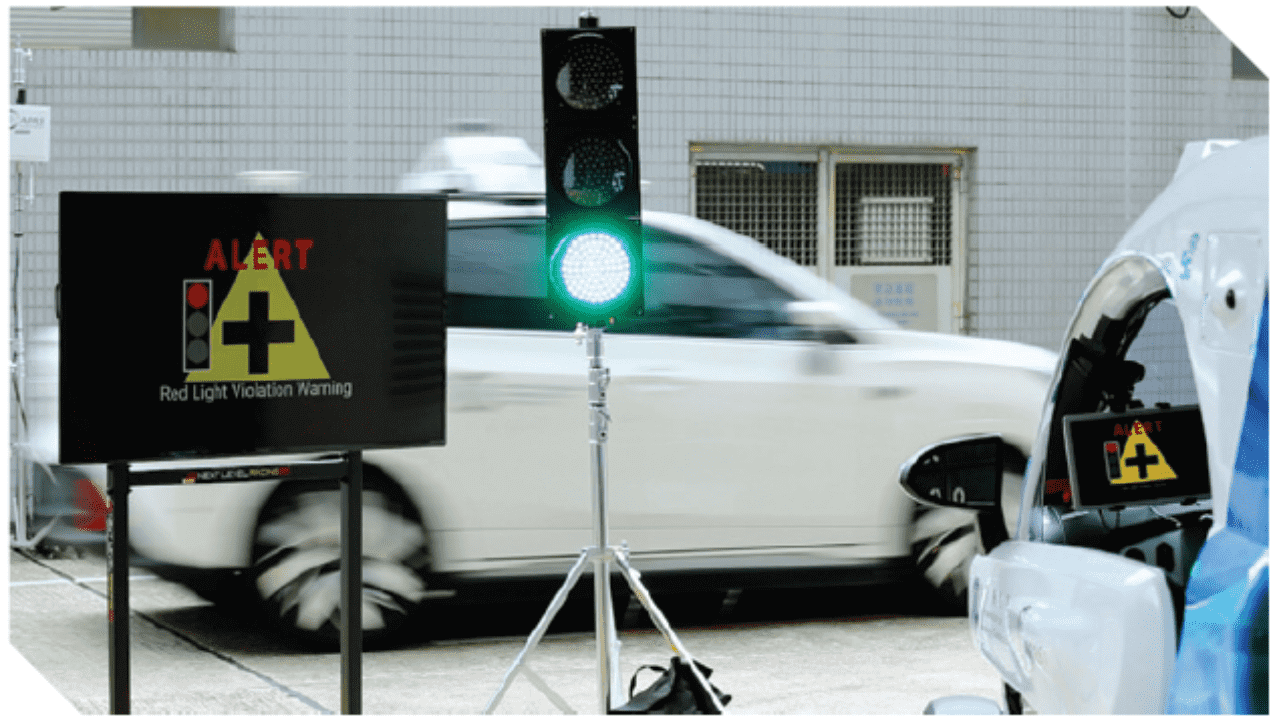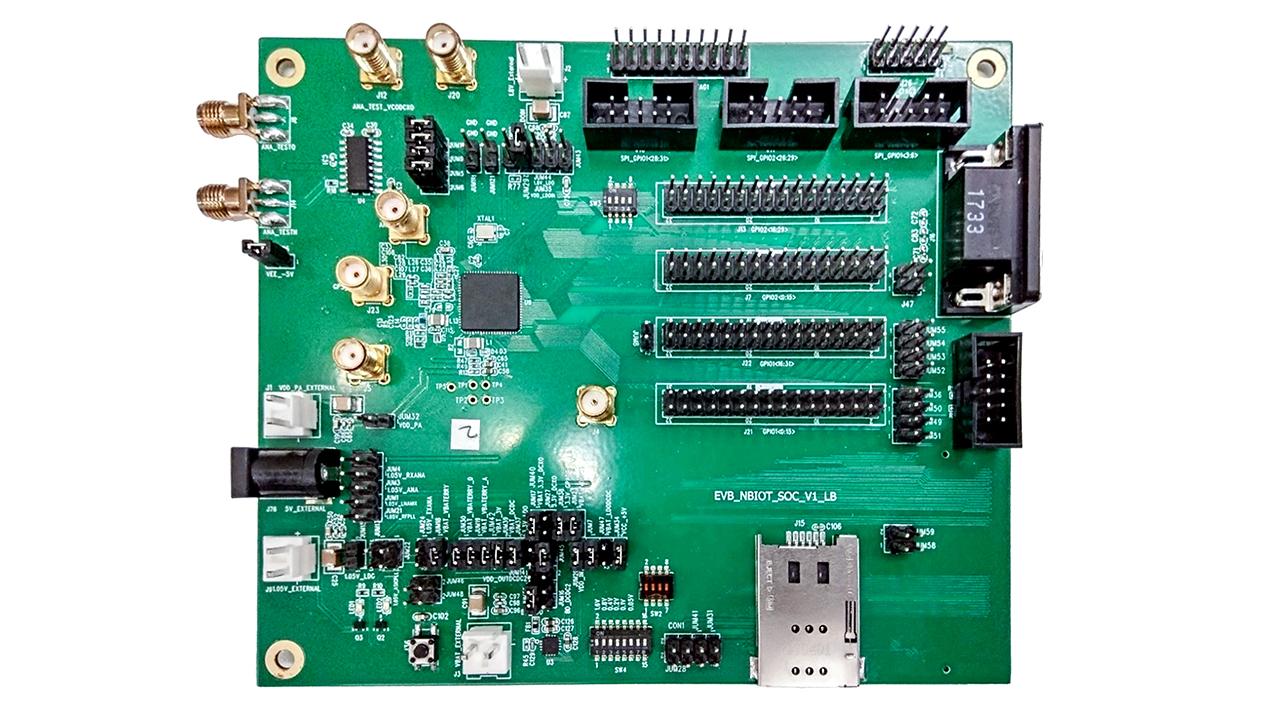
Base Station for Heterogeneous Network
5G networks adopt a heterogeneous network (HetNet) architecture, where 4G/5G macro cells and 5G small cells are used to provide enhanced coverage and services. Low/Mid/High frequency bands are used together.
Enable 5G network with improved data throughput over existing 4G networks, and enhance coverage as well as performance of 5G networks.
- LTE-5G NR Dual Connectivity (EN-DC) signaling procedures and control algorithm
- Automatic Neighbor Relations (ANR) technologies
- Supplementary Uplink (SUL) technologies for uplink (UL) coverage extension
- Cross Link Interference (CLI) handling technologies for mitigating interference among systems with non-unified uplink/downlink (UL/DL) assignment
- Millimeter wave (mmWave) radio frequency (RF) frontend design and analog beamforming technologies
- Support Hong Kong Government Smart City Blueprint for 5G networks
- Mobile network operators can efficiently address different requirements of 5G network deployment
- Optimize 5G network deployment with ANR technologies
- Enable different 5G use cases
- Heterogeneous network
- Base station neighbor relations management
- UL coverage extension
- mmWave RF frontend design
Patent
- US App. No. 17/171,190; CN App No. 202180000592.5 and HK App No. 62021037958.7
- US App. No. 17/482,831 and CN App No. 202180003285.2
Hong Kong Applied Science and Technology Research Institute (ASTRI) was founded by the Government of the Hong Kong Special Administrative Region in 2000 with the mission of enhancing Hong Kong’s competitiveness through applied research. ASTRI’s core R&D competence in various areas is grouped under four Technology Divisions: Trust and AI Technologies; Communications Technologies; IoT Sensing and AI Technologies and Integrated Circuits and Systems. It is applied across six core areas which are Smart City, Financial Technologies, New-Industrialisation and Intelligent Manufacturing, Digital Health, Application Specific Integrated Circuits and Metaverse.
